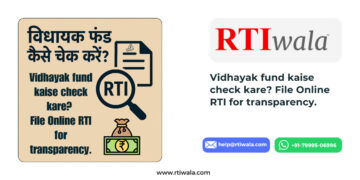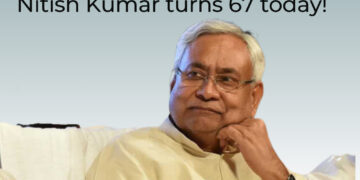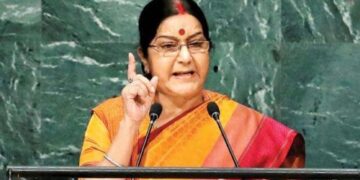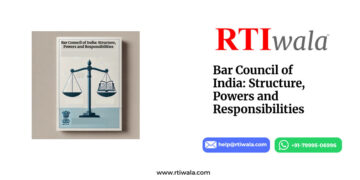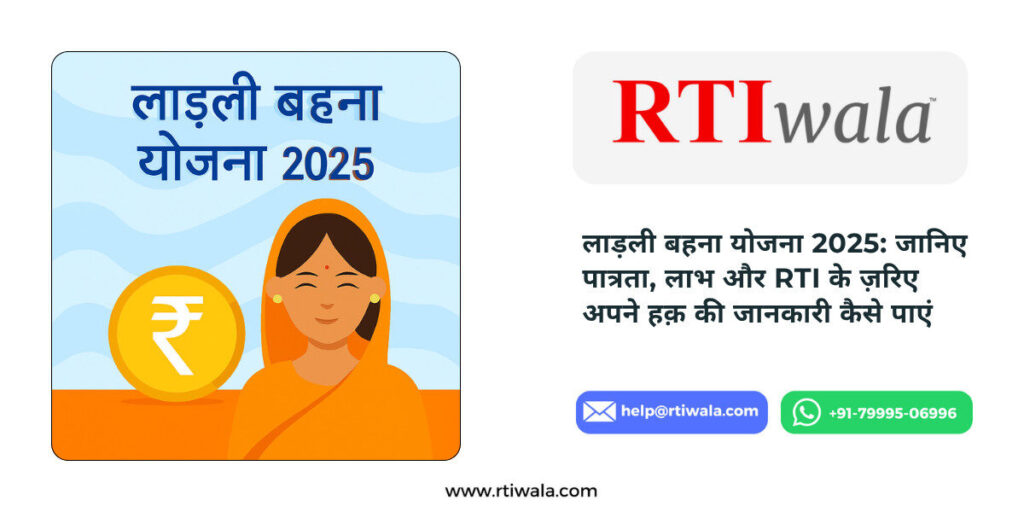#GSTOverhaul – What all you should need to know?
The RTIwala Team Explains everything you should know about the Gabbar Singh Tax, Oops! We mean Goods and Service Tax and recent changes. The Goods and Services Tax (GST) Council in a latest major overhaul has slashed tax on over 200 items. It has reduced the levy on restaurants to 5 percent. A major outcome of this overhauling is that the Council has left only 50 products under the highest 28 percent slab. The GST Council has increased the composition limit for small businesses. All these major steps form a part of its comprehensive overhaul of the new tax regime.
Related: Yashwant Sinha Vs. Arun Jaitley: The Other Game of Thrones
These changes will benefit consumers and businesses alike. Products ranging from perfumes to chocolates to fans become cheaper. This will help douse some of the criticism that has dogged the four-month-old tax system. The economy will get a boost from the likely consumption advance. Better compliance is due to get simpler and less-taxing scheme.
[amazon_link asins=’8175885033,818333508X,8193216652,9351395189,9386882116,8193429915,B0736ZYYJ6,9386635941,B076PDG4JK’ template=’ProductCarousel’ store=’wwwrtiwalain-21′ marketplace=’IN’ link_id=’cf5d35fa-c776-11e7-b8dd-715bdc597307′]
GST and the journey
The GST Council which is the apex decision-making body approved tax cuts on 178 items to 18 percent from 28 percent. In restaurants, the tax rate has come to 5 percent but without credit for taxes paid on inputs used. This shall make household items and eat out cheaper. Finance Minister Arun Jaitley said that review of the 28 percent slab in the last three meetings had been considered. He also told that in past meetings, there was a cut on 30-40 items. It was being felt that optically some items should not be in 28 percent.
The ruling National Democratic Alliance has been under pressure from various quarters. It includes traders, political parties and industry. All of these sectors have a common cause to simplify and rationalize the GST framework. Chocolates, condensed milk, mayonnaise, curry paste, refined sugar and sugar cubes, pasta, chikki, idli-dosa batter, frozen fish, chewing gum, washing powder, shaving cream, blade, shampoo, deodorant, cosmetics, marble, granite, mattress, toothpaste, fire extinguisher, watches and nutritional drinks shall become cheaper with the cut in GST rates.
The rate on 13 items will be lowered from 18 per cent to 12 per cent. On 6 items, rates will drop from 18 to 5 per cent. 8 items will have the tax rates cut from 12 to 5 per cent and 6 items from 5 per cent to zero.
Only 50 items have been left in the 28 percent bracket. It includes products in luxury and sin goods category. Also, some goods with large revenue implications such as tobacco products, automobile, washing machine, and air-conditioners come under this bracket. The slab had 228 items earlier. To benefit small businesses and consumers, the council decided to keep only limited items in the 28 percent tax slab. This is what Jaitley commented on the entire scenario. The issues including real estate in GST and incentivizing digital transactions were delayed.
An Investigation of GST and ongoing protest:
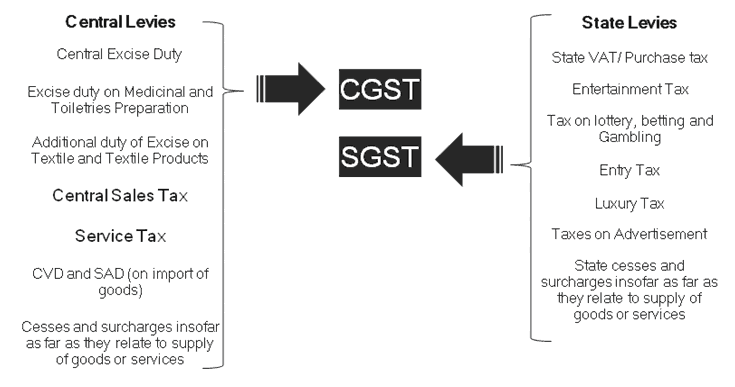
There are two ways of looking at the major overhaul of rates that the GST Council announced. It has resulted in 178 items being flung off the top 28 percent tax group and placed into the 18 percent slot, and another 35 being shifted to lower slabs.
One, it is a sign that the Narendra Modi government has its ears on the ground and is receptive to disapproval. Therefore, this move is an integral part of the constant tinkering of rates.
The prime minister tweeted in response to the entire happening of events. Jaitley says that the rates were arrived at “by saddling previous taxes” and applying “principles of equivalence,” sounds like a bad excuse overall. It seems like a classic casing of policy-making being outsourced to the constricted hypothesis of bureaucratic fantasies. Surely, the logic behind GST is rationalization and simplification of taxes, not a mere adding of the existing ones?
These explanations are pointless. It doesn’t need “principles of equivalence” or other such pretentious jargon to defend a move that should have been obvious from the start. Many items that were knocked off the roost should have never been there in the first place. It is a struggle to understand as if why ordinary, household stuff such as chewing gum, chocolates, shaving creams, after-shaves, shampoos, deodorants, and detergent powder were clubbed with ‘sin’ items such as luxury cars or tobacco products. The Finance Minister is a wise man. His words during the press briefing— “optically, some of them (items) should not have been there (in 28% slab)” — was an admittance of the error as one could get.
The second possibility lies in the fact that the frequent ‘rationalisation’ of GST rates is a damning example of political strategy. It continues to govern India’s public policy where decisions are based on political compulsions than higher logic.
The GST is a major tax reform. Some crucial issues on the implementation side in such a diverse and populous nation are inevitable and understandable. Sadly, even after the “major overhaul,” the filing of tax returns remains a minefield of bureaucratic traps.
Also Read: Rw Reveals Top 10 Unknown Facts of Mahatma Gandhi
What All We Understood about the GST!
The government’s focus during the implementation was more towards achieving revenue neutrality. The focus should have been on letting the market settle down and get familiar with the new system. This may have resulted in short-term inflationary pressures and even a missed quarter or two of fiscal targets. It would have gifted us with a plain and simpler tax regime — where most items are based on the middle bracket of 18 percent. It would have triggered more consumers spending. That would have been a better way to achieve revenue targets than the shortcut of putting 277 items in the highest tax bracket.
After 120 days of GST, the government has finally found the reality but in so doing, has created innumerable difficulties for the consumer. It has also created space for the Opposition to claim credit for the subsequent lowering of rates. Gujarat Elections are another noticeable highlight in all these happening of events.
(With Inputs by Gehna Kundra)
Liked the article, review or interview? Then please Share and Comment to express your views on it. We’re the Corruption Crusaders! So kindly Subscribe and Join us in our initiative.
All the Names, Images and Trademarks are registered property of their respective owners.

RTIwala | Empowering the masses… by RTIwala Team is licensed under a Creative Commons Attribution-NonCommercial-NoDerivatives 4.0 International License.
Based on a work at rtiwala.com.
Permissions beyond the scope of this license may be available at contact-us/





























